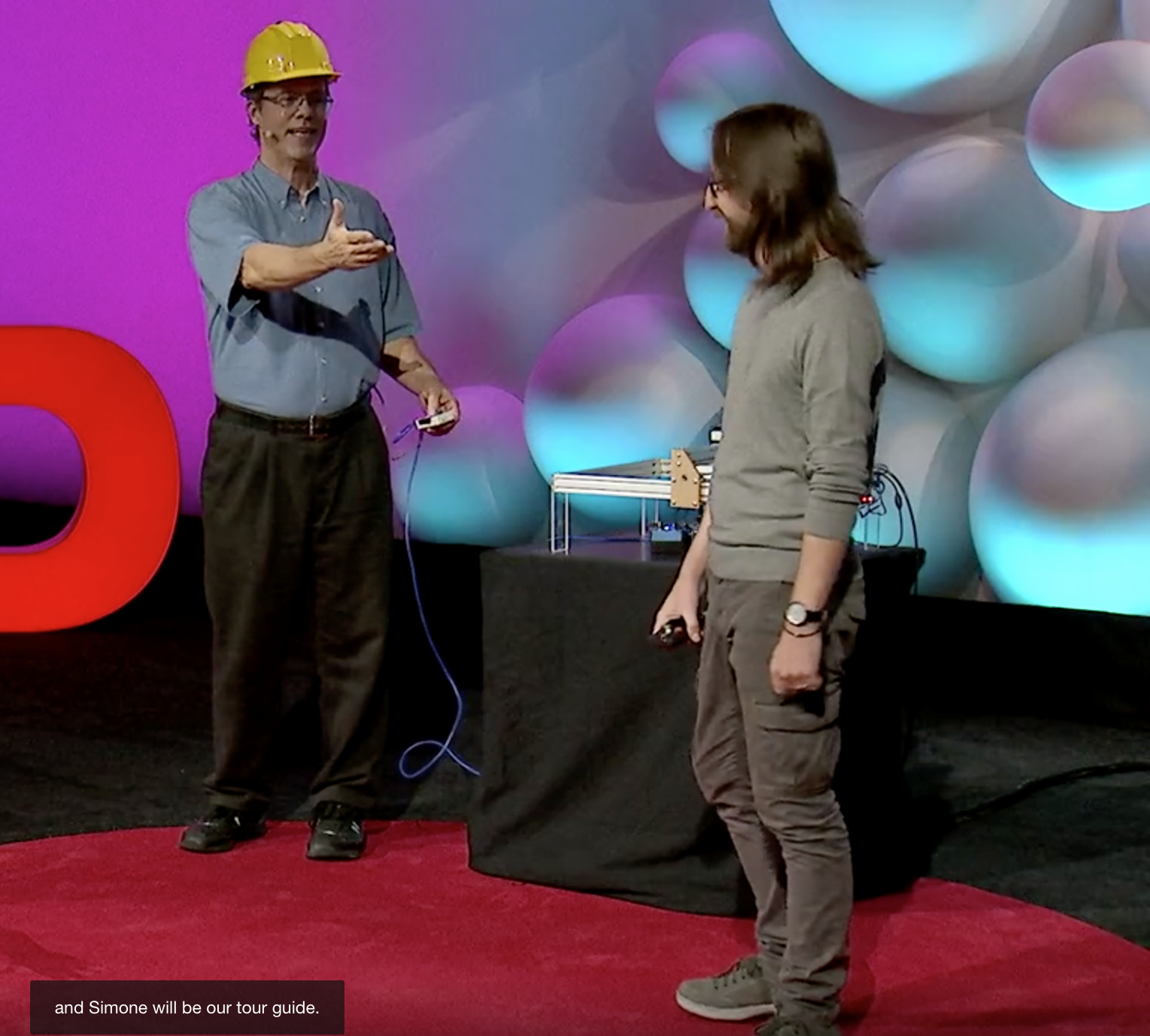This week, I wanted to highlight a TED Talk about the Great Lakes. I searched every possible combination of words I could think of for the Great Lakes on the TED website, but I kept getting zero results. Silly me, I chose my topic before I looked into what talks actually exist!
But then I started to wonder… what’s going on here? How is it possible that there isn’t a single TED Talk about the largest collection of fresh water in the world? Sure, there might be Great Lakes talks at regional TEDx events, but are there actually zero on the primary website?
In a way, this says a lot about peoples’ perception of the Great Lakes. TED Talks are usually focused on global crises, innovation, and curiosities. The fact that none exist about the Great Lakes is a sign that the lakes aren’t seen as a priority worth discussing right now, despite the many challenges they face today and rising concerns over water security.

Photo: Great Lakes in winter from NASA Visible Earth project, https://visibleearth.nasa.gov/.
Even though I couldn’t find a TED Talk on the Great Lakes, there are plenty about water scarcity and contamination. Rather than focus on the negatives, I chose a talk that highlights a cool way to improve the climate situation globally while supporting aquatic ecosystems as well.
Simone Bianco and Tom Zimmerman present the wonderful world of plankton, the “Elders” who have survived for millions of years on nothing but the power of the sun and CO2!
Bianco and Zimmerman tap into a common strategy in conservation work: use a charismatic megafauna species to make people more sympathetic toward environmental issues. You’ve seen this before. Polar bears trapped on a small block of ice, dolphins playing together in the ocean, and pandas munching on bamboo are a few common examples.

Photo: another charismatic megafauna, the koala, and her joey at the San Diego Zoo, https://zoonooz.sandiegozoo.org/.
The problem is that plankton, the foundation of life in many ecosystems (including the Great Lakes!), aren’t exactly the most relatable or charming creatures out there. They aren’t fluffy or playful or cute. In fact, they don’t seem like they are much of anything at first glance.

Photo: plankton under a microscope, https://www.britannica.com/.
These two TED Talkers set out to change the way we view plankton.
In an amusing demonstration reminiscent of Fantastic Voyage, Innerspace, and Magic School Bus, Bianco and Zimmerman take you “scuba diving” with the plankton in a single drop of water. They present amazing facts about different types of plankton and explain their importance to other species, water quality, food production, the economy, and climate change. By providing a first-hand look into the life of plankton, the speakers hope that people will connect more with the little organisms and appreciate the ways they influence our lives.

Photo: screenshot of the TED Talk taken while Bianco and Zimmerman explore plankton, bit.ly/2RZKG6U.
Plankton have been a near-perfect indicator for water quality and invasive species trends in the Great Lakes.1 They are an important enough part of the ecosystem that Great Lakes phytoplankton and zooplankton are both monitored by the EPA.2, 3 Bianco and Zimmerman are right: we need to be paying more attention to the smaller species in the water, even if they aren’t always as exciting as salmon or sturgeon. Great Lakes life would be impossible without them!
Bianco and Zimmerman are goofy and engaging presenters and their talk is worth a watch: bit.ly/2RZKG6U. It might just inspire you to take a closer look at the tiny creatures that make up our world!
Check out the Wisconsin Water Library’s resources on plankton here, and find some slightly more serious TED Talks on water here.
Resources I mentioned in this article:
1 Reavie, Euan D., et al. “Phytoplankton Trends in the Great Lakes, 2001–2011.” Journal of Great Lakes Research, vol. 40, no. 3, 20 May 2014, pp. 618–639., doi:10.1016/j.jglr.2014.04.013.
2 “Great Lakes Phytoplankton Monitoring.” EPA, Environmental Protection Agency, 14 Dec. 2017, www.epa.gov/great-lakes-monitoring/great-lakes-phytoplankton-monitoring.
3 “Great Lakes Zooplankton Monitoring.” EPA, Environmental Protection Agency, 4 Sept. 2018, www.epa.gov/great-lakes-monitoring/great-lakes-zooplankton-monitoring.



